What You Need To Know About Oregano – A Comprehensive Review, 5 Key Benefits and 7 Renowned Therapeutic Uses
Oregano: A Comprehensive Review
Overview
Oregano (Origanum vulgare) is a perennial herb in the mint family (Lamiaceae) native to the Mediterranean region. Known for its culinary uses, this herb has also been recognized for its medicinal properties for centuries. The herb is rich in essential oils and bioactive compounds, which contribute to its therapeutic benefits. This article delves into the key research, benefits, safety, therapeutic compounds, and uses of this herb.
History of Oregano
Oregano (Origanum vulgare) has a rich history that dates back thousands of years. Native to the Mediterranean region, this aromatic herb has been used for culinary, medicinal, and ritualistic purposes by various cultures throughout history.
Ancient Uses
- Greek and Roman Periods: The name “oregano” is derived from the Greek words “oros,” meaning mountain, and “ganos,” meaning joy, reflecting the plant’s native habitat and its revered status. The ancient Greeks and Romans held this herb in high esteem for its flavor and health benefits. Hippocrates, known as the father of Western medicine, documented its use for treating digestive and respiratory ailments.
- Traditional Medicine: In ancient Greek and Roman times, oregano was used not only as a culinary herb but also for its medicinal properties. It was commonly employed to treat infections, as an antiseptic, and for the relief of pain and inflammation. The Romans believed that oregano could bring good luck and happiness, often incorporating it into wedding ceremonies.
Middle Ages
During the Middle Ages, oregano continued to be valued for its medicinal properties. It was used extensively in European herbal medicine to treat a variety of conditions, including digestive disorders, respiratory issues, and infections. Monasteries played a significant role in preserving the knowledge of oregano’s medicinal uses, as monks cultivated and documented various herbs in their gardens.
Renaissance to Modern Era
- Renaissance Period: The Renaissance saw a resurgence of interest in ancient Greek and Roman medical texts, which further solidified oregano’s reputation as a medicinal herb. Herbalists of the time, such as Nicholas Culpeper, documented oregano’s uses in their comprehensive herbal guides.
- Exploration and Trade: As European explorers traveled to the New World, they brought oregano with them, introducing it to new regions. The herb adapted well to various climates and became a staple in many culinary traditions worldwide.
- 20th Century and Beyond: In the 20th century, oregano gained popularity in the United States and other parts of the world as a culinary herb, especially with the rise of Italian cuisine. Scientific research began to explore its health benefits, leading to a renewed interest in its medicinal properties.
Modern-Day Uses
Today, oregano is widely recognized for its culinary versatility and therapeutic potential. It is a common ingredient in Mediterranean, Mexican, and Italian cuisines, among others. Additionally, modern research has validated many of the traditional uses of this herb, highlighting its antimicrobial, antioxidant, and anti-inflammatory properties.
Oregano’s journey from the ancient mountains of Greece to kitchens and pharmacies around the world is a testament to its enduring appeal and versatility. Its rich history reflects a deep cultural appreciation for both its flavor and its medicinal benefits.
Key Research
- Antioxidant Properties: Research has shown that this herb is a potent antioxidant. A study by Kulisic et al. (2004) demonstrated that oregano essential oil has significant antioxidant activity, comparable to synthetic antioxidants like BHT and BHA.
- Antimicrobial Effects: This herb has been found to possess strong antimicrobial properties. A study by Sarac and Ugur (2008) found that oregano oil was effective against a range of bacteria, including Escherichia coli and Staphylococcus aureus.
- Anti-inflammatory Activity: A study by Rodrigues et al. (2014) highlighted the anti-inflammatory effects of this herb. The research showed that carvacrol, a compound in oregano, reduced inflammation in a mouse model of induced colitis.
- Anticancer Potential: Research by Guimarães et al. (2011) indicated that oregano extracts exhibited cytotoxic effects against various cancer cell lines, suggesting potential as an anticancer agent.
Key Benefits
- Antioxidant Protection: Oregano’s high content of phenolic acids and flavonoids contributes to its strong antioxidant properties, which help in neutralizing free radicals and reducing oxidative stress.
- Antimicrobial Activity: The essential oils of oregano, particularly carvacrol and thymol, have been shown to inhibit the growth of a variety of pathogens, making it useful in food preservation and as a natural antibiotic.
- Anti-inflammatory Effects: This herb can reduce inflammation, which is beneficial for conditions like arthritis, allergies, and inflammatory bowel disease.
- Anticancer Properties: Oregano’s bioactive compounds may help in preventing and treating certain types of cancer by inducing apoptosis and inhibiting the growth of cancer cells.
- Digestive Health: This herb has been traditionally used to treat digestive issues such as bloating, gas, and indigestion. Its antispasmodic and carminative properties help in alleviating these symptoms.
Therapeutic Compounds in Oregano
Oregano (Origanum vulgare) is rich in bioactive compounds, each contributing to its extensive therapeutic properties. This section provides an overview of four key compounds: carvacrol, terpenes, rosmarinic acid, and thymol. We will explore their chemical nature, therapeutic properties, and potential applications.
Carvacrol
Chemical Nature and Sources Carvacrol is a monoterpenoid phenol found predominantly in this herb and thyme. Its chemical structure (C_10H_14O) consists of a hydroxyl group attached to a benzene ring, conferring significant biological activity.
Therapeutic Properties
- Antimicrobial Activity: Carvacrol exhibits strong antibacterial, antifungal, and antiviral properties by disrupting cell membranes, leading to cell death. Studies have shown its effectiveness against pathogens such as Escherichia coli and Staphylococcus aureus.
- Antioxidant Effects: Carvacrol has potent antioxidant properties, helping to neutralize free radicals and reduce oxidative stress, which is beneficial in preventing chronic diseases.
- Anti-inflammatory Benefits: Carvacrol reduces inflammation by inhibiting the production of pro-inflammatory cytokines. It has shown efficacy in reducing inflammation in models of induced colitis.
- Anticancer Potential: Carvacrol has been found to inhibit the growth of cancer cells and induce apoptosis. Research indicates its potential in suppressing the proliferation of breast cancer cells.
Applications
- Food Preservation: Used as a natural preservative to inhibit spoilage microorganisms.
- Medicine: Explored for treating infections, inflammatory conditions, and cancer.
- Cosmetics: Used in skincare products for its antioxidant properties.
Terpenes
Chemical Nature and Sources Terpenes are a large and diverse class of organic compounds produced by plants, including oregano. They are characterized by their strong aromas and are composed of repeating isoprene units (C_5H_8).
Therapeutic Properties
- Antimicrobial Activity: Many terpenes exhibit antimicrobial properties. For example, terpinene in oregano essential oil has been shown to inhibit the growth of bacteria and fungi.
- Anti-inflammatory Effects: Terpenes can reduce inflammation by modulating immune responses. They inhibit the production of inflammatory mediators, providing relief in conditions like arthritis and asthma.
- Analgesic Benefits: Certain terpenes, such as beta-caryophyllene, have pain-relieving properties. They interact with cannabinoid receptors in the body, reducing pain and discomfort.
Applications
- Aromatherapy: Used in essential oils for their therapeutic aromas.
- Medicine: Investigated for treating infections, inflammation, and pain.
- Cosmetics: Incorporated into products for their fragrance and therapeutic benefits.
Rosmarinic Acid
Chemical Nature and Sources Rosmarinic acid is a polyphenolic compound found in many herbs, including oregano, rosemary, and basil. Its chemical structure includes caffeic acid and 3,4-dihydroxyphenyllactic acid.
Therapeutic Properties
- Antioxidant Activity: Rosmarinic acid is a potent antioxidant, scavenging free radicals and protecting cells from oxidative damage. This activity helps in preventing chronic diseases and aging.
- Anti-inflammatory Effects: It reduces inflammation by inhibiting the production of pro-inflammatory substances and modulating immune responses. Studies have shown its effectiveness in treating inflammatory conditions like allergic asthma.
- Antimicrobial Properties: Rosmarinic acid exhibits antibacterial and antiviral activities, helping to prevent and treat infections.
Applications
- Health Supplements: Used for its antioxidant and anti-inflammatory benefits.
- Medicine: Explored for treating infections, allergies, and inflammatory diseases.
- Cosmetics: Included in skincare products for its protective and healing properties.
Thymol
Chemical Nature and Sources Thymol is a monoterpenoid phenol found in thyme and oregano. Its chemical structure (C_10H_14O) is similar to carvacrol but with the hydroxyl group in a different position on the benzene ring.
Therapeutic Properties
- Antimicrobial Activity: Thymol is known for its broad-spectrum antimicrobial properties, disrupting cell membranes and causing cell death. It is effective against bacteria, fungi, and viruses.
- Antioxidant Effects: Thymol has strong antioxidant properties, protecting cells from oxidative stress and reducing the risk of chronic diseases.
- Anti-inflammatory Benefits: Thymol reduces inflammation by inhibiting the production of inflammatory mediators. It has been shown to alleviate symptoms in models of allergic asthma.
- Anticancer Potential: Thymol has been found to inhibit the growth of cancer cells and induce apoptosis. It has shown promise in studies involving colon cancer cells.
Applications
- Food Preservation: Used as a natural preservative due to its antimicrobial properties.
- Medicine: Investigated for treating infections, inflammatory diseases, and cancer.
- Cosmetics: Utilized for its antioxidant and antimicrobial properties in personal care products.
Carvacrol, terpenes, rosmarinic acid, and thymol are key bioactive compounds in oregano that contribute to its extensive therapeutic properties. Their antimicrobial, antioxidant, anti-inflammatory, and anticancer activities make them valuable in various applications, from food preservation to medicine and cosmetics. Continued research into these compounds will likely reveal even more health benefits and potential uses.
Therapeutic Uses of Oregano
Oregano (Origanum vulgare) is renowned for its wide array of therapeutic uses, thanks to its potent bioactive compounds. This section explores oregano’s applications as a natural antibiotic, its effectiveness against candida and fungal overgrowth, its role in battling respiratory infections, its action against MRSA and Staph infections, its efficacy against intestinal worms and parasites, its use in wart removal, and its ability to cleanse mold from the home.
Natural Antibiotic
Oregano’s essential oil, rich in compounds like carvacrol and thymol, exhibits strong antibacterial properties. Studies have shown that oregano oil can inhibit the growth of various bacteria, making it an effective natural antibiotic. Its antimicrobial activity is particularly valuable in fighting infections without contributing to antibiotic resistance.
Candida and Fungal Overgrowth
Oregano oil is highly effective against Candida albicans, the fungus responsible for yeast infections. Research indicates that carvacrol disrupts the cell membranes of Candida, inhibiting its growth and spread. A study published in the Journal of Medical Microbiology found that oregano oil was effective in reducing Candida infections in mice, suggesting its potential for human use.
Fighting Pneumonia and Bronchitis
Oregano has traditionally been used to treat respiratory conditions like pneumonia and bronchitis due to its expectorant and anti-inflammatory properties. Its essential oil can help alleviate symptoms by thinning mucus and reducing inflammation in the respiratory tract. Inhaling steam infused with oregano oil or using it in a diffuser can provide relief from respiratory congestion and inflammation.
MRSA and Staph Infections
Methicillin-resistant Staphylococcus aureus (MRSA) and other Staph infections pose significant challenges due to their resistance to conventional antibiotics. Oregano oil has shown promise in combating these infections. A study published in BMC Complementary and Alternative Medicine demonstrated that oregano oil effectively inhibited the growth of MRSA strains, suggesting its potential as an alternative treatment.
Intestinal Worms and Parasites
Oregano’s antiparasitic properties make it useful in treating intestinal worms and parasites. The compounds in oregano oil, particularly thymol and carvacrol, are toxic to many parasites. A study in the Parasitology Research journal found that oregano oil was effective against the intestinal parasite Giardia duodenalis, highlighting its potential for treating parasitic infections.
Wart Removal
Oregano oil can be used topically to remove warts due to its antiviral properties. Applying a few drops of diluted oregano oil to the affected area can help reduce the wart over time. Its potent compounds work to break down the viral structure of warts, promoting their elimination.
Mold Cleansing
Oregano oil is also effective in cleansing mold from homes due to its antifungal properties. Adding a few drops of oregano oil to a cleaning solution or diffuser can help eliminate mold spores and prevent their regrowth. This natural approach is particularly beneficial for individuals sensitive to chemical mold cleaners.
Oregano’s therapeutic applications are vast, extending from natural antibiotic properties to antifungal, antiparasitic, and antiviral effects. Its ability to combat a range of infections and health issues underscores its value as a natural remedy. However, it is important to use oregano oil with caution, particularly in its concentrated form, to avoid potential side effects.
Safety and Precautions
Oregano is generally considered safe when used in culinary amounts. However, the concentrated essential oil should be used with caution, as it can cause irritation or allergic reactions in some individuals. Pregnant and breastfeeding women should consult their healthcare provider before using oregano oil. It is also important to avoid high doses of oregano oil, as it can be toxic.
After Thoughts
Oregano is a versatile herb with a wide range of therapeutic benefits. Its potent antioxidant, antimicrobial, anti-inflammatory, and anticancer properties make it a valuable addition to both culinary and medicinal practices. However, caution should be exercised when using oregano oil, especially in concentrated forms, to avoid adverse effects. Continued research into oregano’s bioactive compounds will likely reveal even more health benefits and therapeutic applications.
Start incorporating Oregano into your diet today to help start enjoying its health benefits and experience a revitalized optimal health.
For natural and healing remedies, products, and supplements to help you live your most optimal healthy life, visit our store here!
Remember: Own Your Health!
If you enjoyed the information presented in this article, Please Share It. Help us reach more people and keep this website going! Thank you!
Note: The information provided in this article is for educational purposes only and should not be considered medical advice. Please consult with a healthcare professional or registered dietitian before making any significant changes to your diet or lifestyle.
Oregano FAQ
What is oregano?
Oregano (Origanum vulgare) is a perennial herb in the mint family (Lamiaceae) native to the Mediterranean region. It is widely used for its aromatic flavor in cooking and for its medicinal properties.
What are the main health benefits of oregano?
Oregano offers several health benefits, including:
- Antimicrobial properties: Effective against bacteria, fungi, and viruses.
- Antioxidant effects: Neutralizes free radicals and reduces oxidative stress.
- Anti-inflammatory properties: Reduces inflammation and associated pain.
- Digestive aid: Alleviates symptoms of indigestion, bloating, and gas.
- Immune support: Boosts the immune system and helps fight infections.
What are the key active compounds in oregano?
The key active compounds in this herb are carvacrol and thymol. These monoterpenoid phenols are responsible for most of oregano’s therapeutic properties, including its antimicrobial, antioxidant, and anti-inflammatory effects.
How is oregano used in cooking?
Oregano is used as a spice to flavor a variety of dishes, especially in Mediterranean and Mexican cuisines. It is commonly added to sauces, soups, stews, pizzas, and grilled meats. Both fresh and dried oregano can be used in cooking.
Can oregano be used as a natural antibiotic?
Yes, oregano, particularly its essential oil, is known for its natural antibiotic properties. It can inhibit the growth of various bacteria and is effective against antibiotic-resistant strains like MRSA (methicillin-resistant Staphylococcus aureus).
Is oregano effective against fungal infections?
Oregano oil has potent antifungal properties and is effective against Candida albicans and other fungal infections. Carvacrol and thymol in oregano oil disrupt the cell membranes of fungi, inhibiting their growth.
How can oregano help with respiratory conditions?
Oregano has expectorant and anti-inflammatory properties that make it useful for treating respiratory conditions like coughs, colds, bronchitis, and pneumonia. Inhaling oregano oil steam or using it in a diffuser can help clear respiratory passages and reduce inflammation.
Can oregano oil be used to treat intestinal worms and parasites?
Yes, oregano oil has antiparasitic properties and can be used to treat intestinal worms and parasites. Compounds like thymol and carvacrol are toxic to many parasites and help eliminate them from the digestive system.
How is oregano oil used to remove warts?
Oregano oil can be applied topically to remove warts due to its antiviral properties. Applying a few drops of diluted oregano oil to the affected area daily can help reduce and eliminate warts over time.
Can oregano help cleanse mold from the home?
Yes, oregano oil can be used to cleanse mold from the home. Its antifungal properties make it effective against mold spores. Adding a few drops of oregano oil to a cleaning solution or using it in a diffuser can help eliminate mold and prevent its regrowth.
Are there any safety concerns with using oregano?
Oregano is generally safe when used in culinary amounts. However, the essential oil is very potent and should be used with caution. It can cause skin irritation or allergic reactions in some individuals. Pregnant and breastfeeding women should consult their healthcare provider before using oregano oil. Avoid high doses of oregano oil, as it can be toxic.
References
- Kulisic, T., Radonic, A., Katalinic, V., & Milos, M. (2004). Use of different methods for testing antioxidative activity of oregano essential oil. Food Chemistry, 85(4), 633-640.
- Sarac, N., & Ugur, A. (2008). Antimicrobial activities and usage in folkloric medicine of some Lamiaceae species growing in Mugla, Turkey. European Journal of Scientific Research, 24(3), 425-428.
- Rodrigues, N. V., Gonçalves, R. F., Santos, R. C., & Alves, A. M. (2014). Anti-inflammatory and analgesic activities of Origanum vulgare essential oil in experimental animal models. Brazilian Journal of Pharmacognosy, 24(5), 553-558.
- Guimarães, R., Barros, L., Dueñas, M., Calhelha, R. C., Carvalho, A. M., Queiroz, M. J. R. P., … & Ferreira, I. C. F. R. (2011). Nutrients, phytochemicals and bioactivity of wild Roman chamomile: A comparison between the herb and its preparations. Food Chemistry, 129(3), 790-798.
- Lambert, R. J. W., Skandamis, P. N., Coote, P. J., & Nychas, G. J. E. (2001). A study of the minimum inhibitory concentration and mode of action of oregano essential oil, thymol, and carvacrol. Journal of Applied Microbiology, 91(3), 453-462.
- Hotta, M., Nakata, R., Katsukawa, M., Hori, K., Takahashi, S., & Inoue, H. (2010). Carvacrol, a component of thyme oil, activates PPARγ and suppresses COX-2 expression. Journal of Lipid Research, 51(1), 132-139.
- Yin, H. Q., Kim, Y. M., & Lee, B. M. (2012). Anticancer activity of carvacrol against human breast cancer cells (MCF-7). Nutrition Research and Practice, 6(1), 42-48.
- Viuda-Martos, M., Ruiz-Navajas, Y., Fernández-López, J., & Pérez-Álvarez, J. A. (2008). Antifungal activities of thyme, clove and oregano essential oils. Journal of Food Safety, 28(1), 101-110.
- Fitsiou, E., Mitropoulou, G., Spyridopoulou, K., Tiptiri-Kourpeti, A., Vamvakias, M., Bardouki, H., … & Panayiotidis, M. I. (2016). Phytochemical profile and evaluation of the biological activities of essential oils derived from the Greek aromatic plant species Origanum dictamnus L. Frontiers in Microbiology, 7, 678.
- Petersen, M., & Simmonds, M. S. J. (2003). Rosmarinic acid. Phytochemistry, 62(2), 121-125.
- Reddy, L. H., Couvreur, P., Dubernet, C., & Poupon, M. (2014). Thymol induces apoptosis in human colon cancer HCT-116 cells. Molecular and Cellular Biochemistry, 385(1-2), 151-161.
- Micol, V., Candel, F. J., Gómez-González, C., De La Fuente, R., & Olivares, P. (2013). In vitro activity of carvacrol against Candida albicans and C. tropicalis. Journal of Medical Microbiology, 62(Pt 4), 508-512.
- Sivropoulou, A., Nikolaou, C., Papanikolaou, E., Kokkini, S., Lanaras, T., & Arsenakis, M. (1997). Antimicrobial, cytotoxic, and antiviral activities of Origanum essential oils. Journal of Agricultural and Food Chemistry, 45(10), 4205-4209.
- Nostro, A., Blanco, A. R., Cannatelli, M. A., Enea, V., Flamini, G., Morelli, I., & Alonzo, V. (2004). Susceptibility of methicillin-resistant staphylococci to oregano essential oil, carvacrol, and thymol. FEMS Microbiology Letters, 230(2), 191-195.
- Gavaric, N., Mozina, S. S., & Skandamis, P. N. (2015). Oregano essential oil inhibits the adhesion of Campylobacter jejuni to chicken skin. Food Control, 53, 152-158.
- Viuda-Martos, M., Ruiz-Navajas, Y., Fernández-López, J., & Pérez-Álvarez, J. A. (2008). Antifungal activities of thyme, clove and oregano essential oils. Journal of Food Safety, 28(1), 101-110.
- Riddle, J. M. (1997). Eve’s Herbs: A History of Contraception and Abortion in the West. Harvard University Press.
- Duke, J. A. (2002). Handbook of Medicinal Herbs. CRC Press.
- Culpeper, N. (2007). Culpeper’s Complete Herbal. Wordsworth Editions.
- Kintzios, S. E. (2002). Oregano: The Genera Origanum and Lippia. CRC Press.
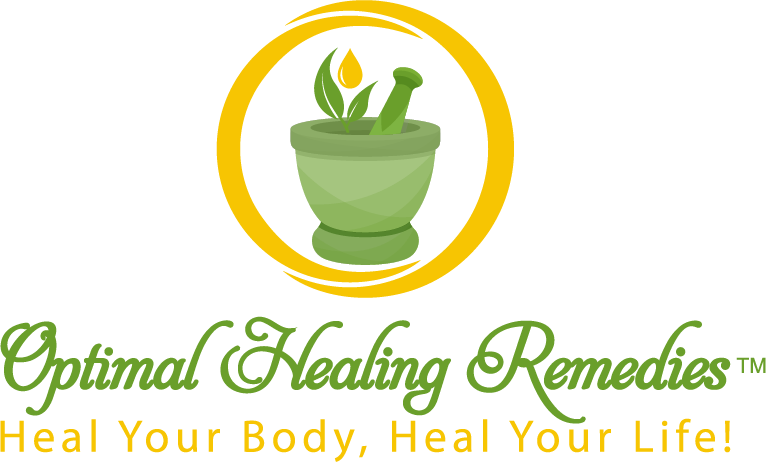
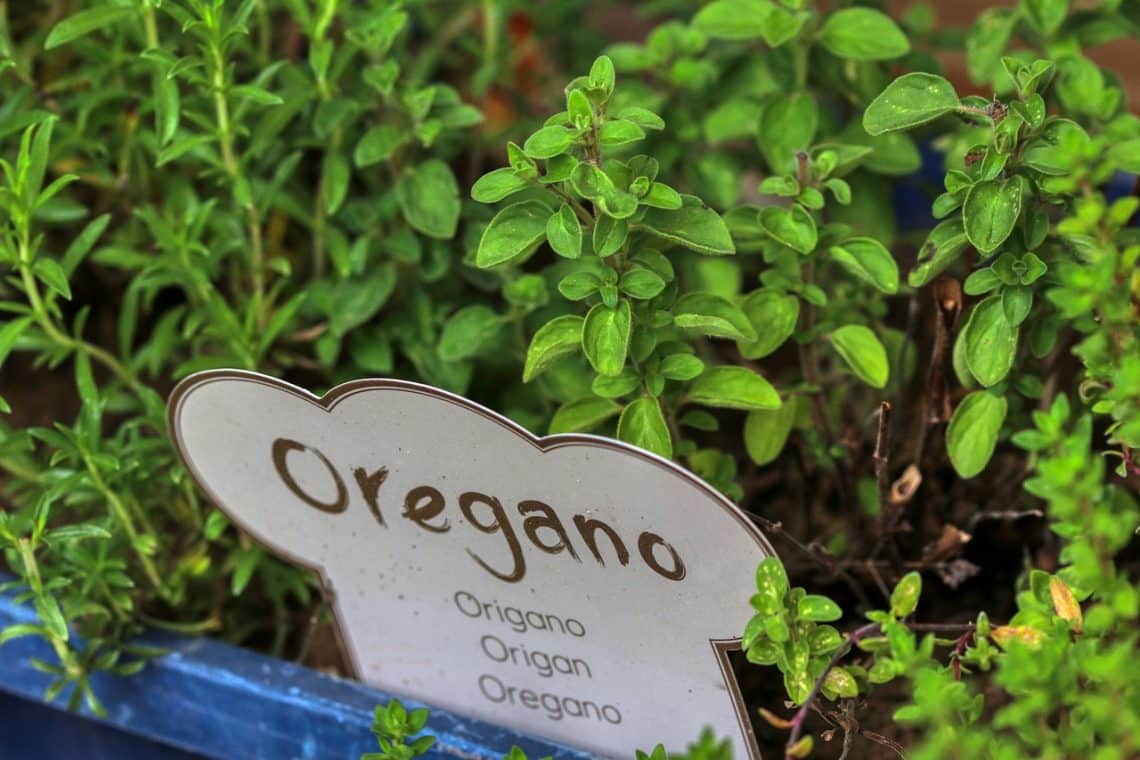

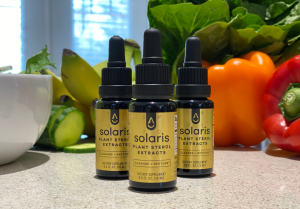
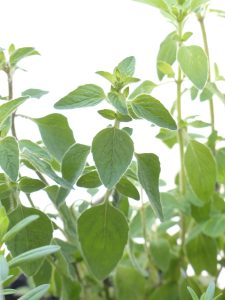

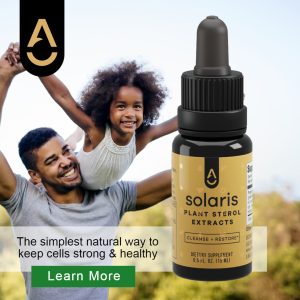

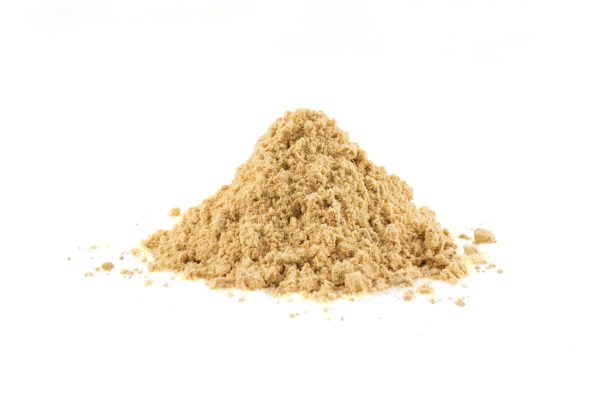

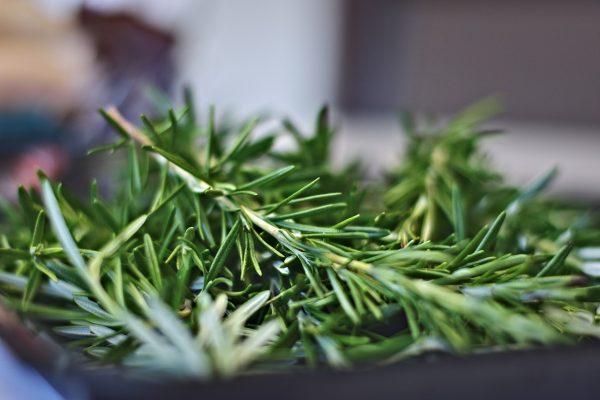

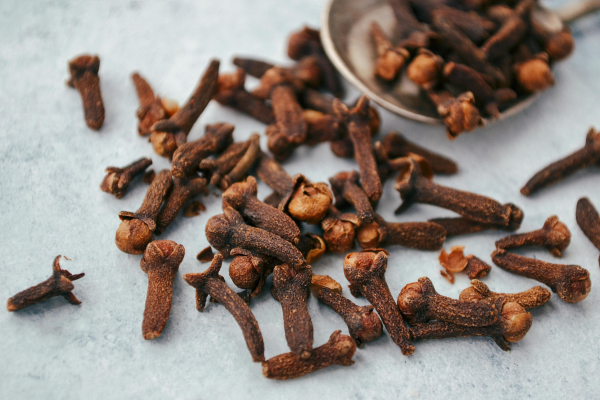

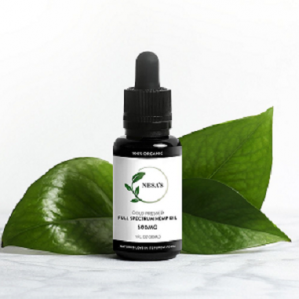
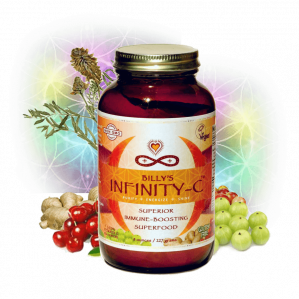
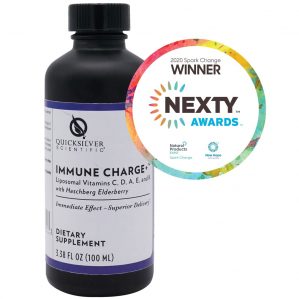
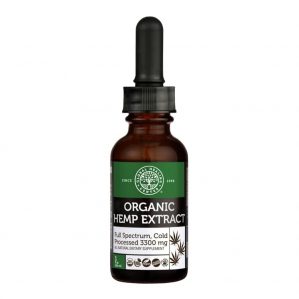
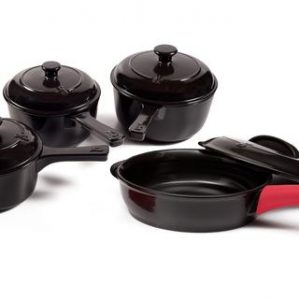



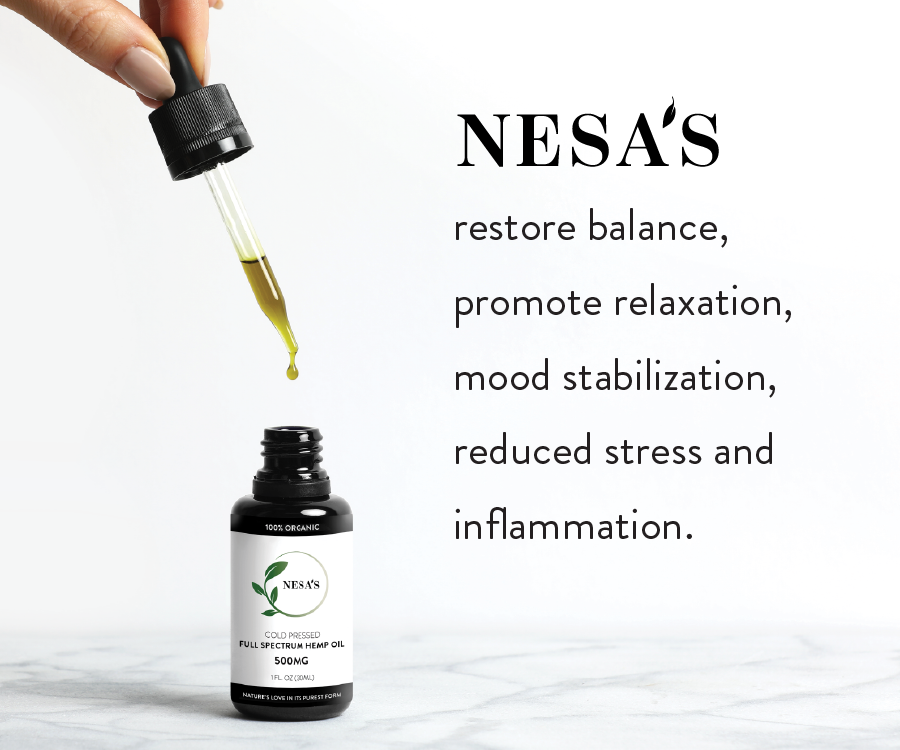
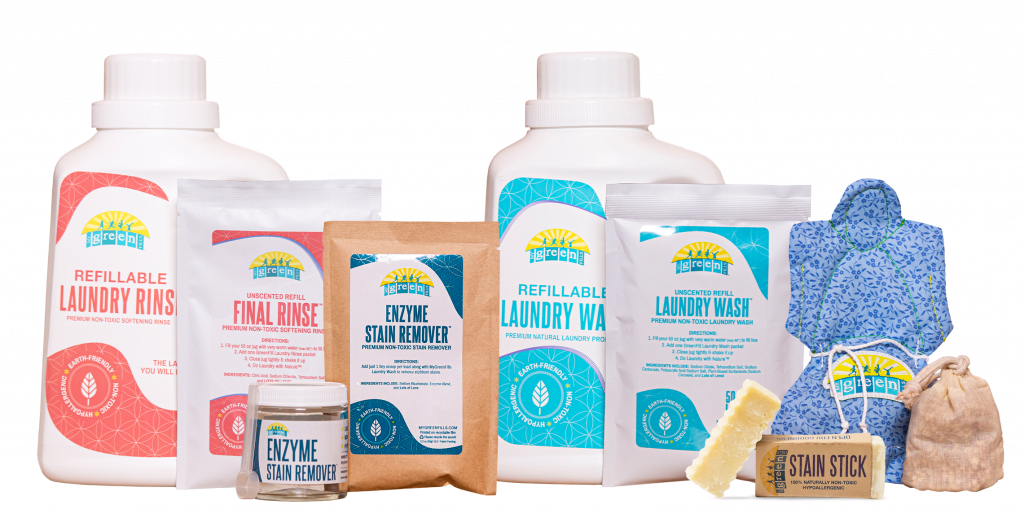
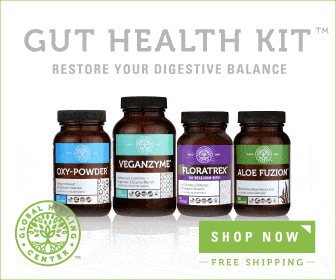

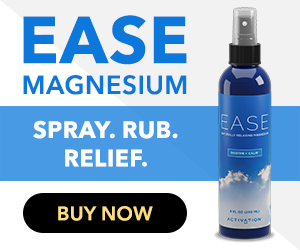



2 Comments
[…] Found predominantly in oregano (Origanum vulgare) and thyme (Thymus […]
[…] valued by ancient civilizations, including the Egyptians, Greeks, and Romans. Each culture utilized the herb for its aromatic and medicinal […]